The Sun | The Star At The Center Of Our Solar System 🌞
Giver Of Heat, Light & Life!
You see it every day (if you’re lucky), but have you ever wondered what exactly the Sun is? Well, it’s actually a gigantic sphere of boiling hot plasma and gases (otherwise known as a star), with really strong gravity which causes everything in the solar system to orbit it! The Sun is extremely important to us here on Earth, keeping us warm, providing light for plants, giving us our weather and even the beautiful Aurora among many other things! Despite its importance to us though, our star isn’t particularly special as there are an estimated 100 billion stars in our Milky Way galaxy alone! Isn’t that incredible?!
Fast Summary Facts!
- Star Type: Yellow Dwarf
- Age: Approx. 4.6 billion years old
- Radius: 695,500km!! (432,170 miles) (109 times wider than Earth)
- Distance to Earth: 149.06 million km (92.96 million miles) also known as 1 AU!
- Surface Temperature: 5,500°C (10,000°F)
- Core Temperature: 15,000,000°C (27,000,000°F) That’s Crazy!
- Mass: The Sun is 333,060 times heavier than the Earth. That’s heavy!
- Orbital Speed: The Sun orbits in the Milky Way Galaxy at 720,000km/hr
- Nearest star to the Sun: Proxima Centauri a mere 4.2 light years, but it would take thousands of years by spacecraft…
More Amazing Cool Facts About The Sun!
- The Sun has always been important to ancient cultures around the world, with many regarding it as a deity or god! Who can blame them? It provides nearly all of the heat and energy which makes life on Earth possible for all the animals and Plants! The Romans (called the Sun ‘Sol’) even created Sunday for its worship and ancient paganism is said to worship the summer and winter solstice.
- Scientists believe that our star formed 4.6 billion years ago when an interstellar cloud of gas (known as a nebula) collapsed with 99.8% of the material gathering in the centre resulting in temperatures and pressures high enough to ignite nuclear fusion in the core and the Sun to burst into life! The remaining 0.2% formed a flat accretion disk eventually creating everything else in the solar system such as the Planets, Dwarf Planets, Asteroids, Moons and Comets
- If you’re wondering whether the sun will go dark soon…those same scientists think the Sun is ‘only’ middle-aged, so will likely burn brightly for another 5 billion years! Despite nuclear fusion consuming 4 million tons of hydrogen every second! Madness!
- Eventually, the Sun will evolve and change growing in size to form a Red Giant as it exhausts its hydrogen fuel, consuming Mercury, and Venus (and possibly Earth) in the process. Millions of years later it will shrink and form a dim white dwarf star. Let’s all hope we’ve found a new planet by then!
- Even though everything in the solar system orbits the Sun, the Sun itself orbits around the centre of the Milky Way galaxy at 250km a second, but still takes 225-250 million years to complete only one orbit!
- You wouldn’t want to visit the surface, not just because you’d be cooked, but because you’d be really heavy! The surface gravity is 28 times stronger than on Earth so if you weighed 50kgs (110 lbs) on Earth you’d be 1,400kgs (3,100lbs) on the Sun’s surface!
- How big is the Sun compared to other Stars you ask? Good question! It is considered an average sized star, there are much bigger ones called Red Giants, but the most common type of star throughout the universe, the Red Dwarf, is much smaller.
- The light that you see every day is made up of little things called photons that escape from the Sun's surface, but it takes the light 8 minutes and 20 seconds to reach Earth! Like looking back in time how the Sun looked over 8 minutes ago!
- By mass, our boiling ball of gas is made up of 70.6% hydrogen (the fuel for the nuclear fusion) and 27.4% helium with the remaining mass making up heavier elements that we are all made of.
- There are 6 major regions in its structure, the three we can see and observe from Earth are near the surface known as the photosphere, chromosphere and outer region of the corona. During a Total Solar Eclipse, we can even see the details of the two beautiful outer regions when the bright photosphere is blocked!
- The influence of the Sun extends far out beyond the bright yellow sphere in the sky, even out beyond Earth and the Planets! Solar winds blow out into deep space and stretch out to an area beyond Pluto forming the heliosphere
- Would you believe that the Sun's activity and solar winds vary over an 11-year cycle? Weird aye? Not only does this solar wind give us the beautiful Aurora it can also affect our satellites in space and electricity here on Earth, this is called space weather!
- Humans have launched several spacecraft to study and observe the Sun to try and learn more about our bright yellow star. Spacecraft like Solar and Heliospheric Observatory (SOHO), Skylab, the Ulysses mission, the Solar Dynamics Observatory and Parker Solar Probe have given us some really cool pictures!
- One of the most amazing facts that these observations have learnt is that the Sun is almost a perfect sphere! This is unusual in nature…
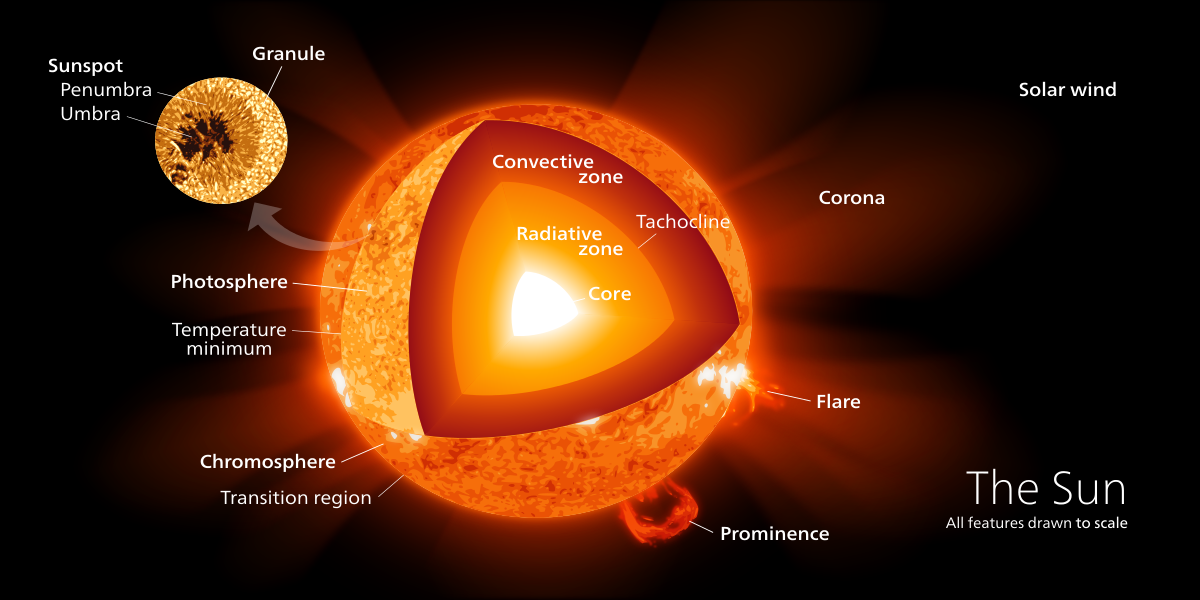
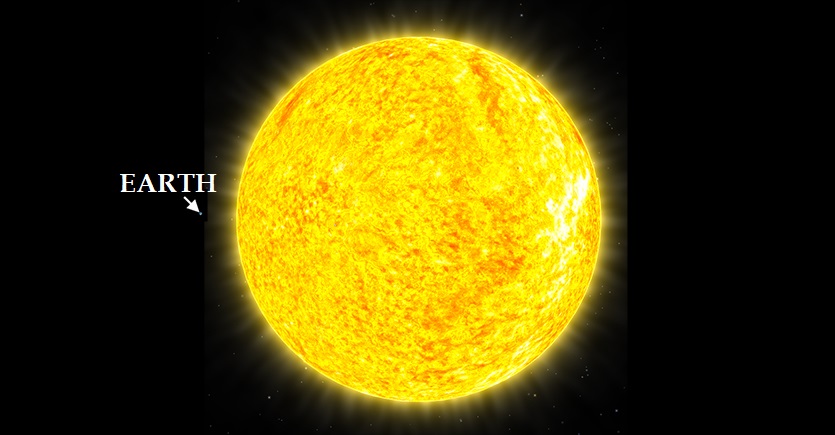
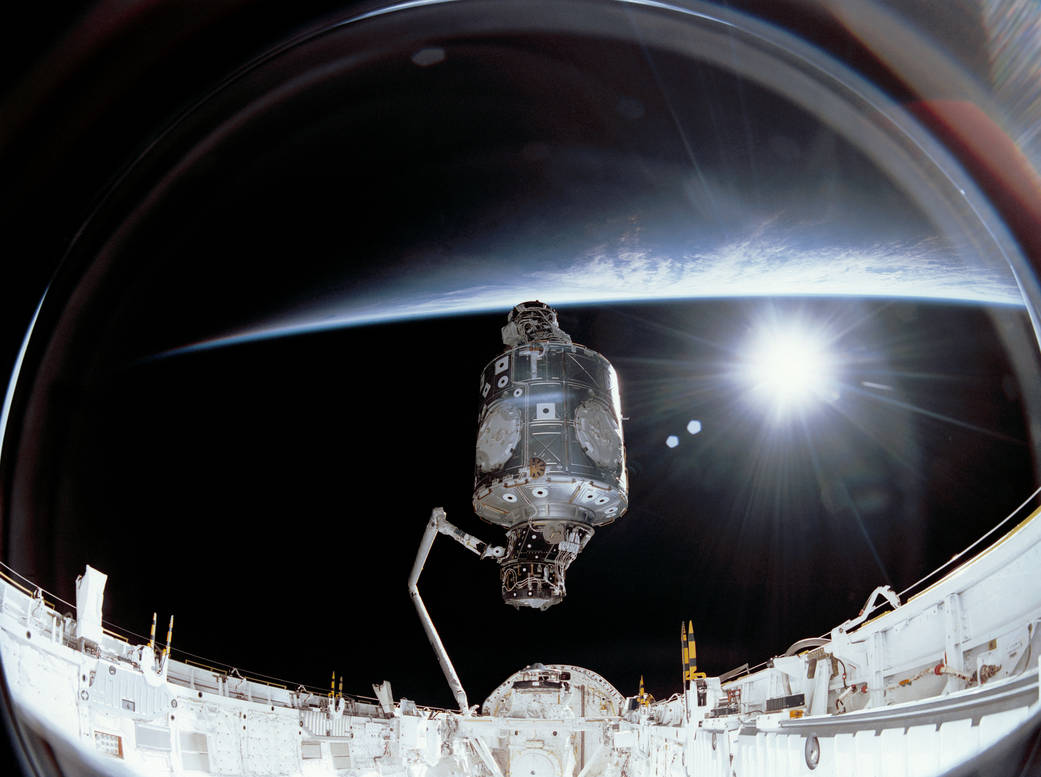
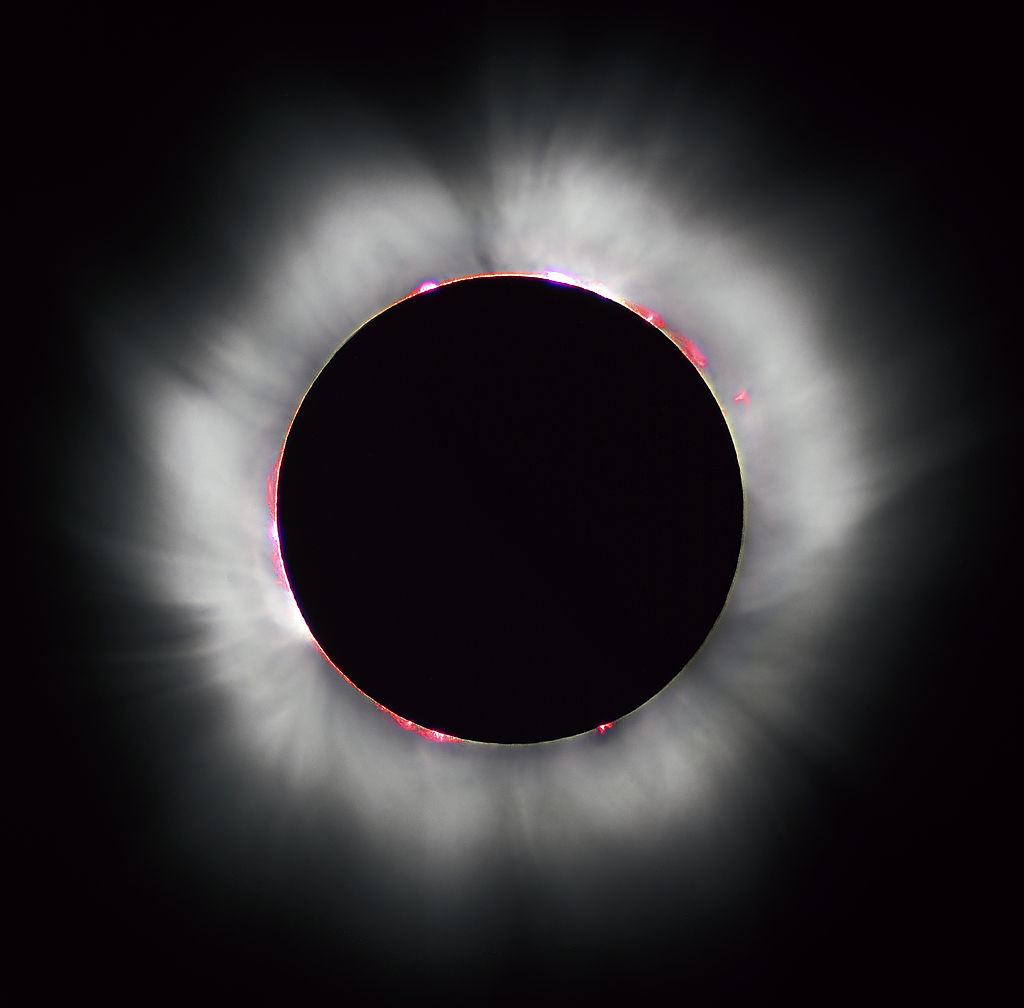
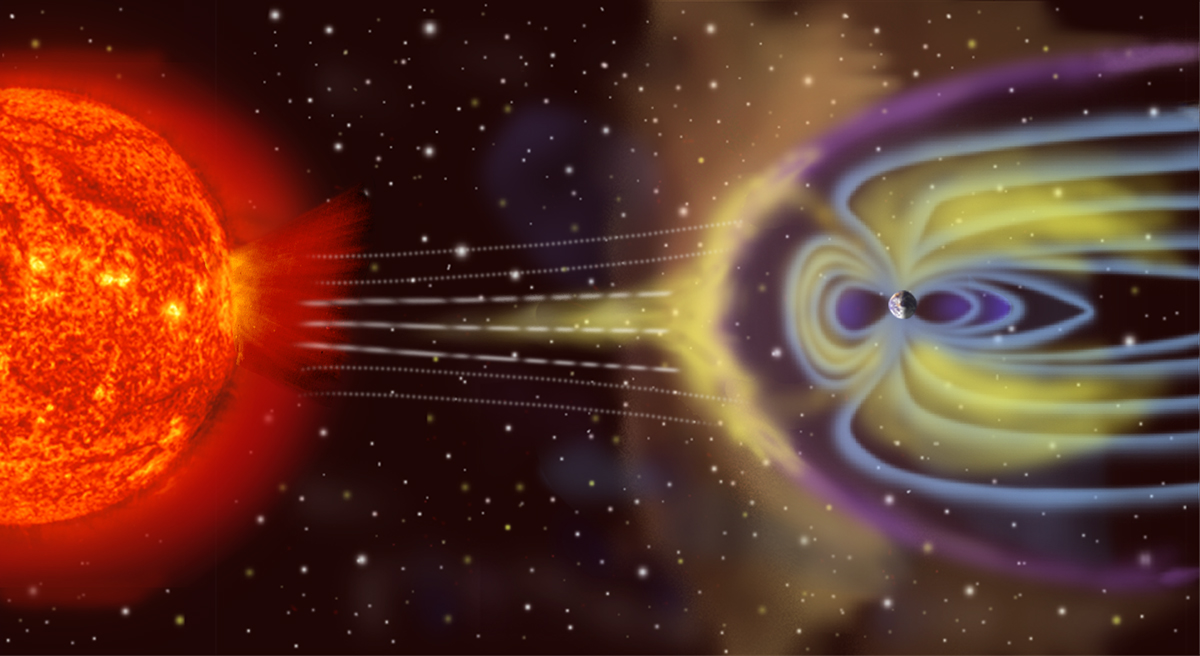
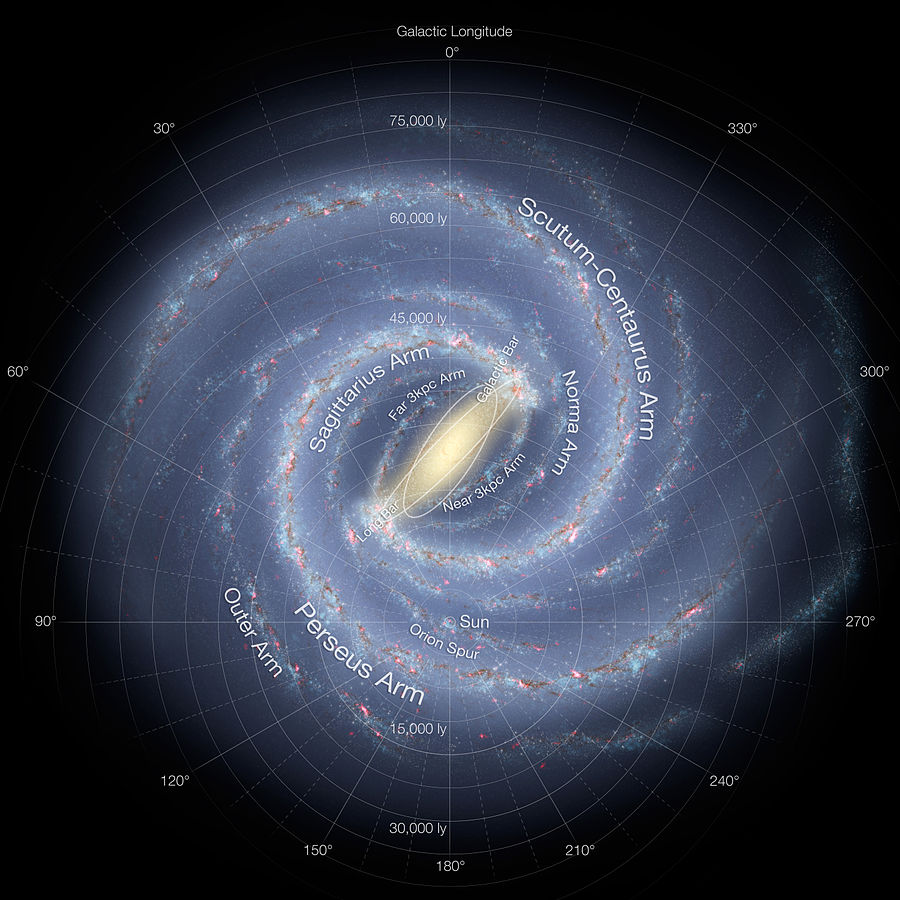
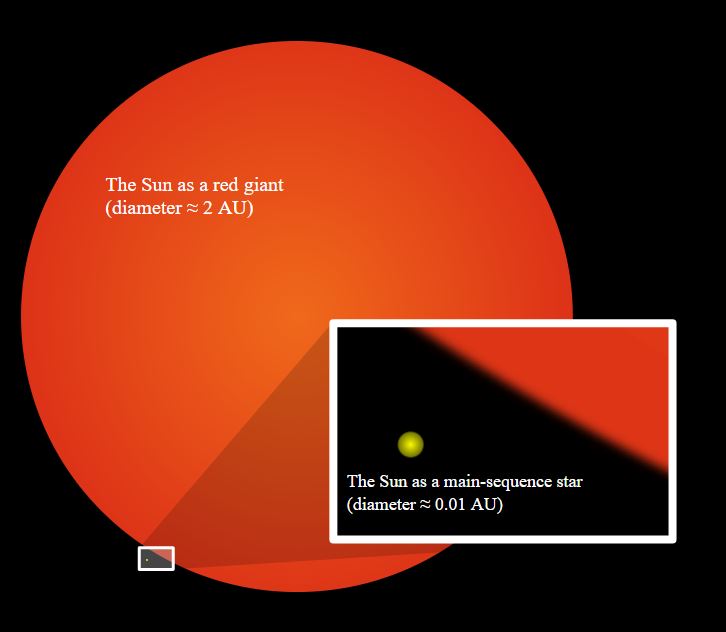
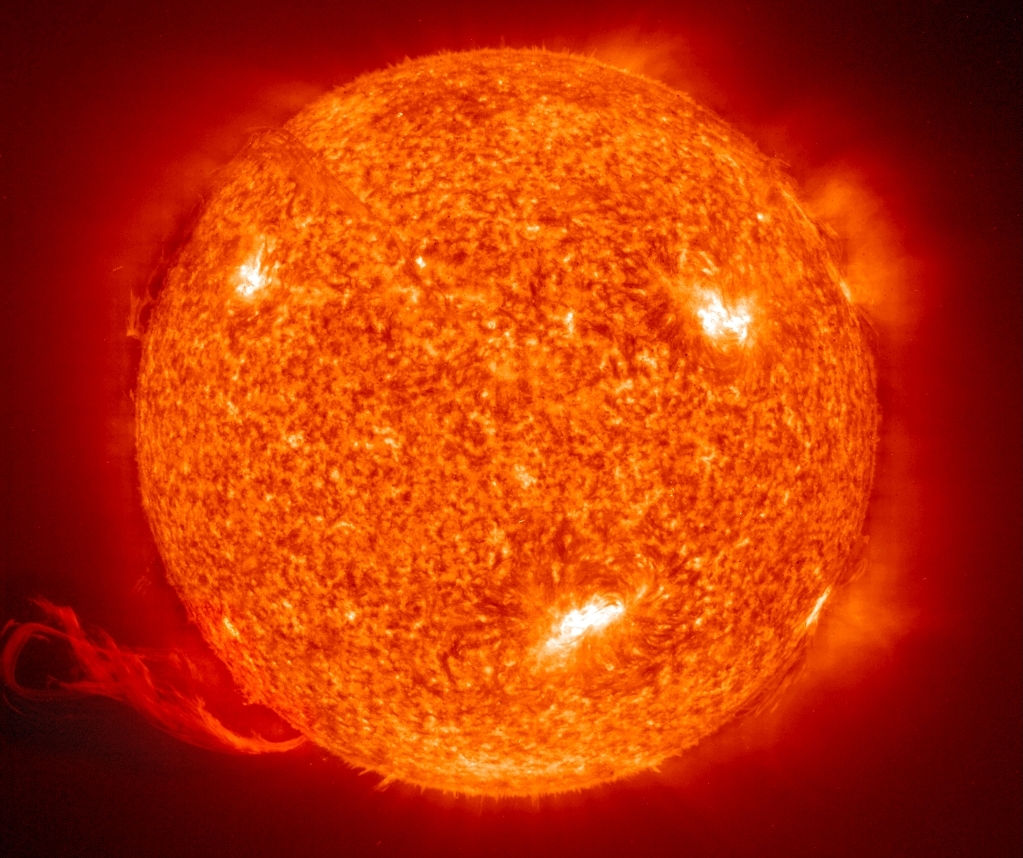
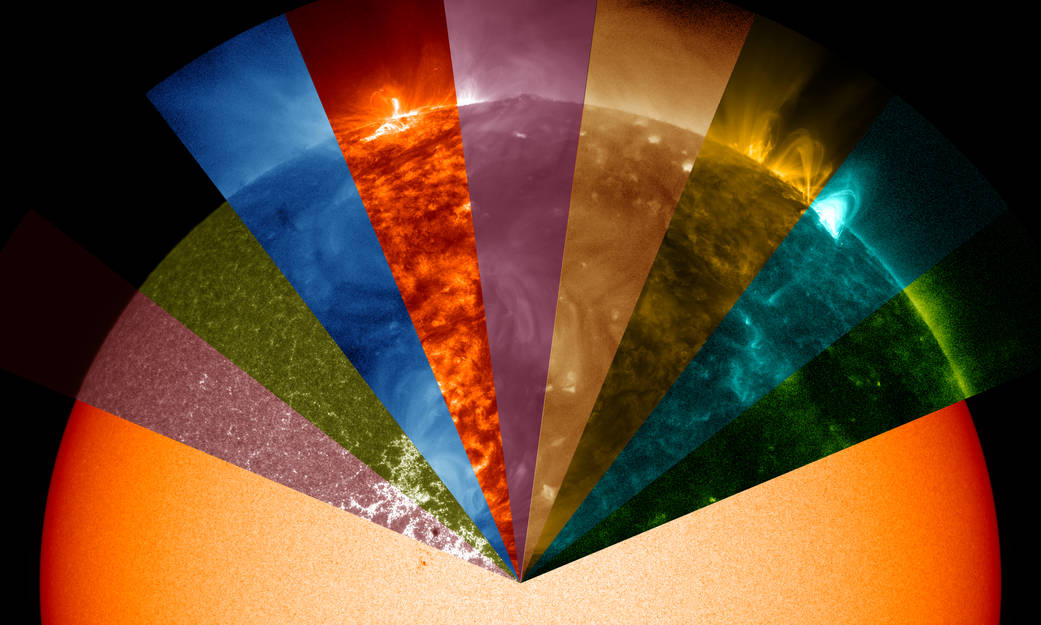
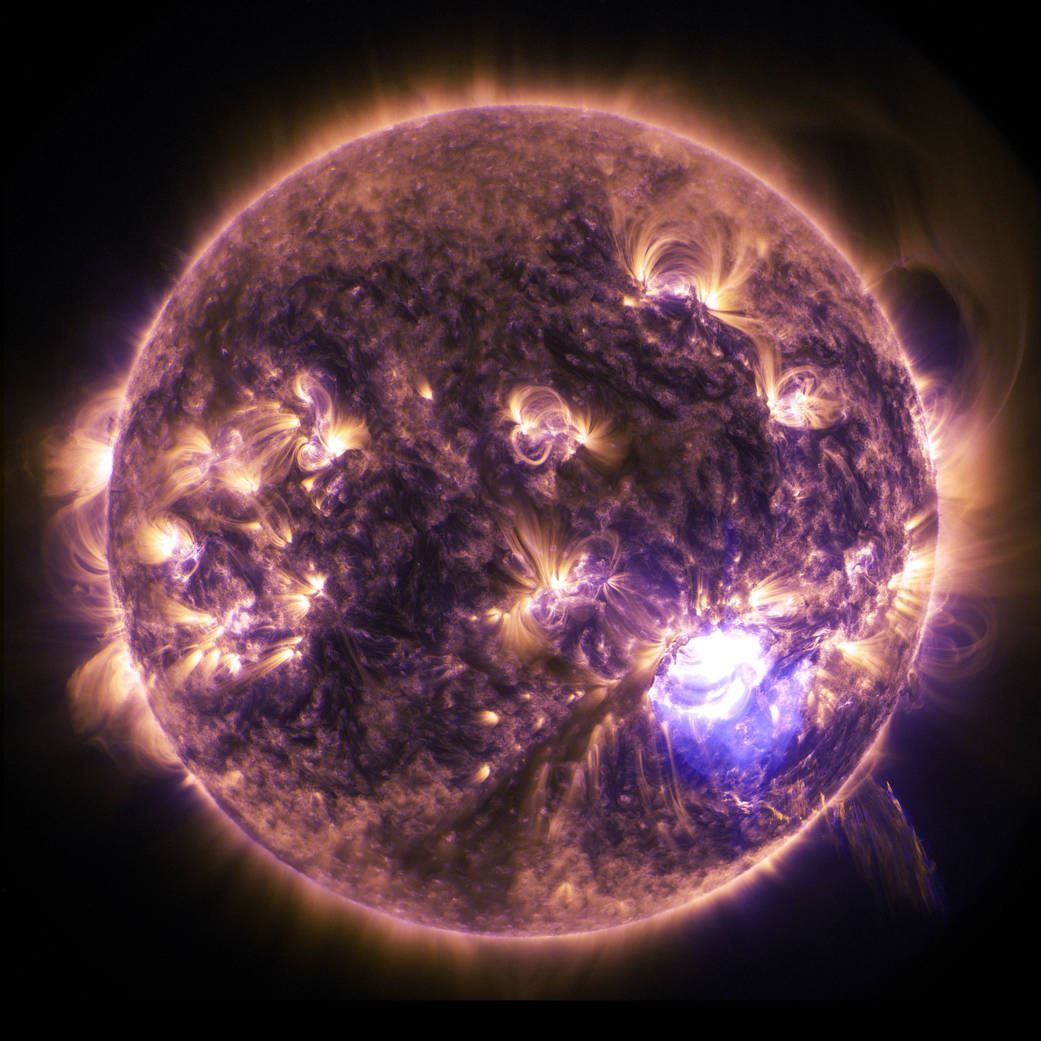
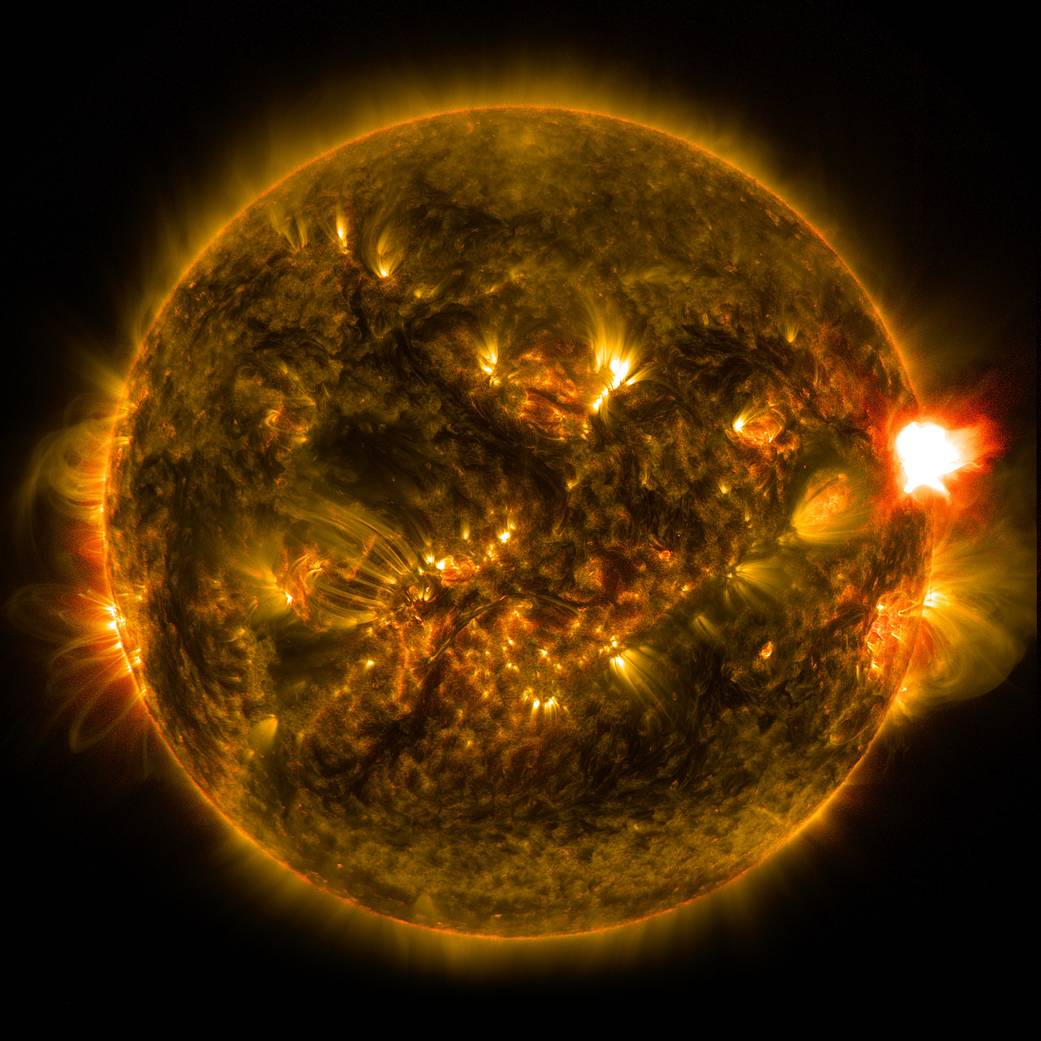
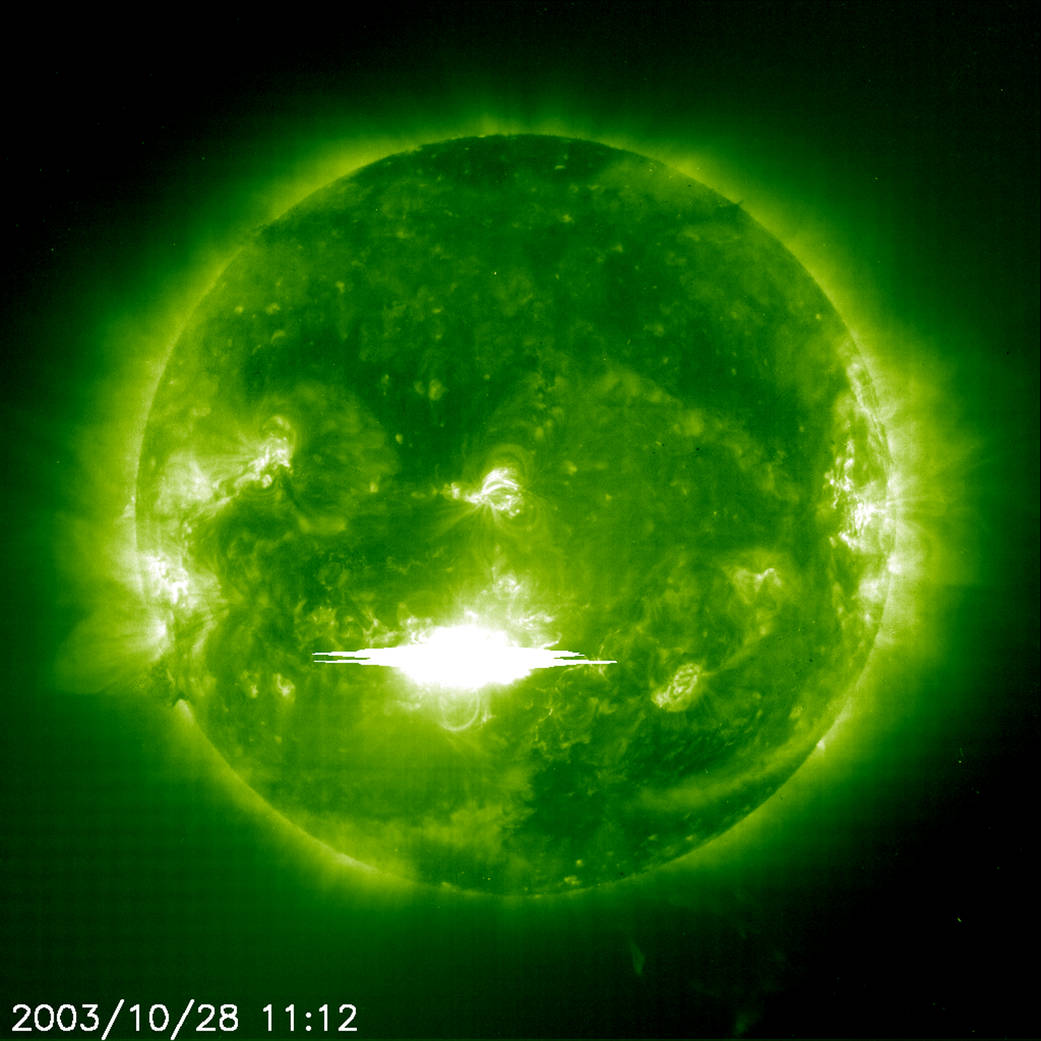
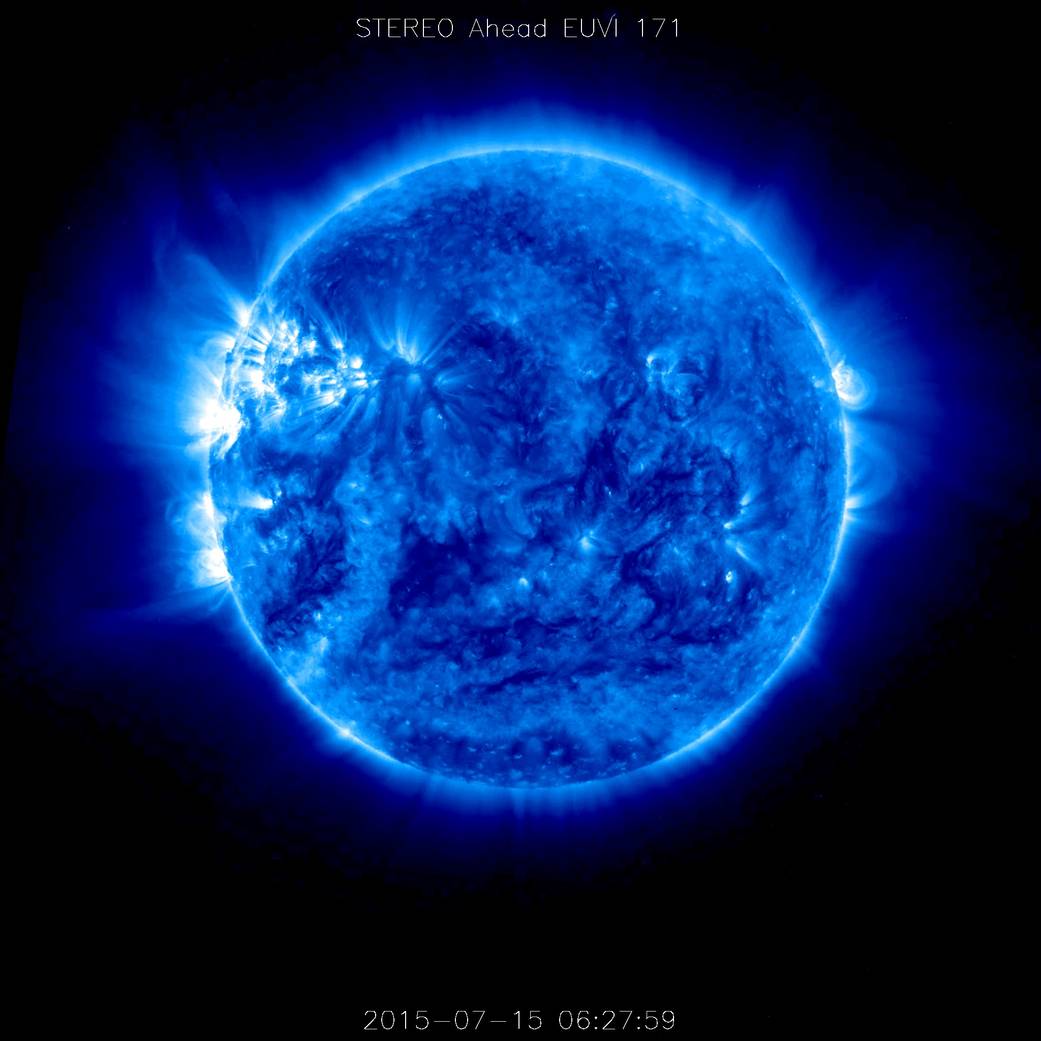
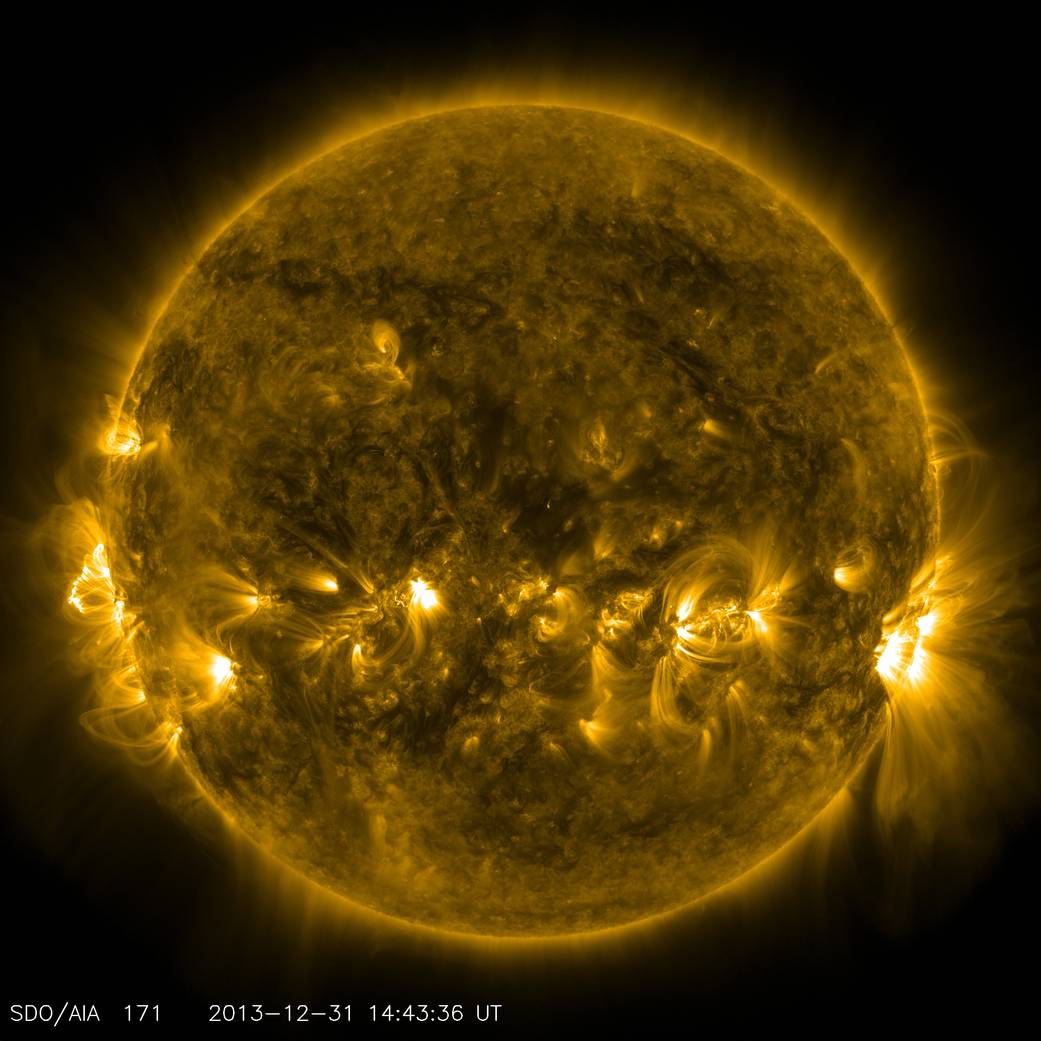
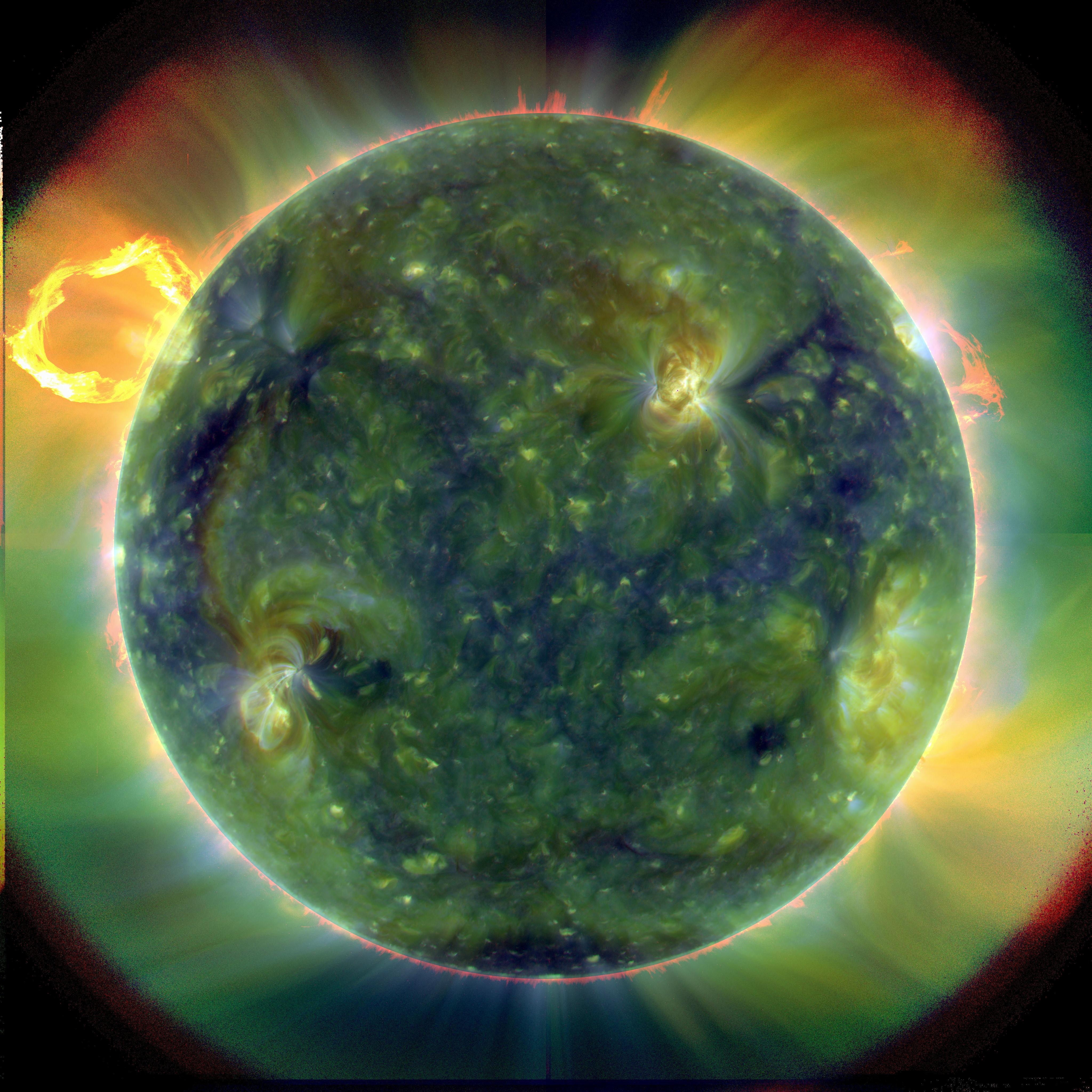
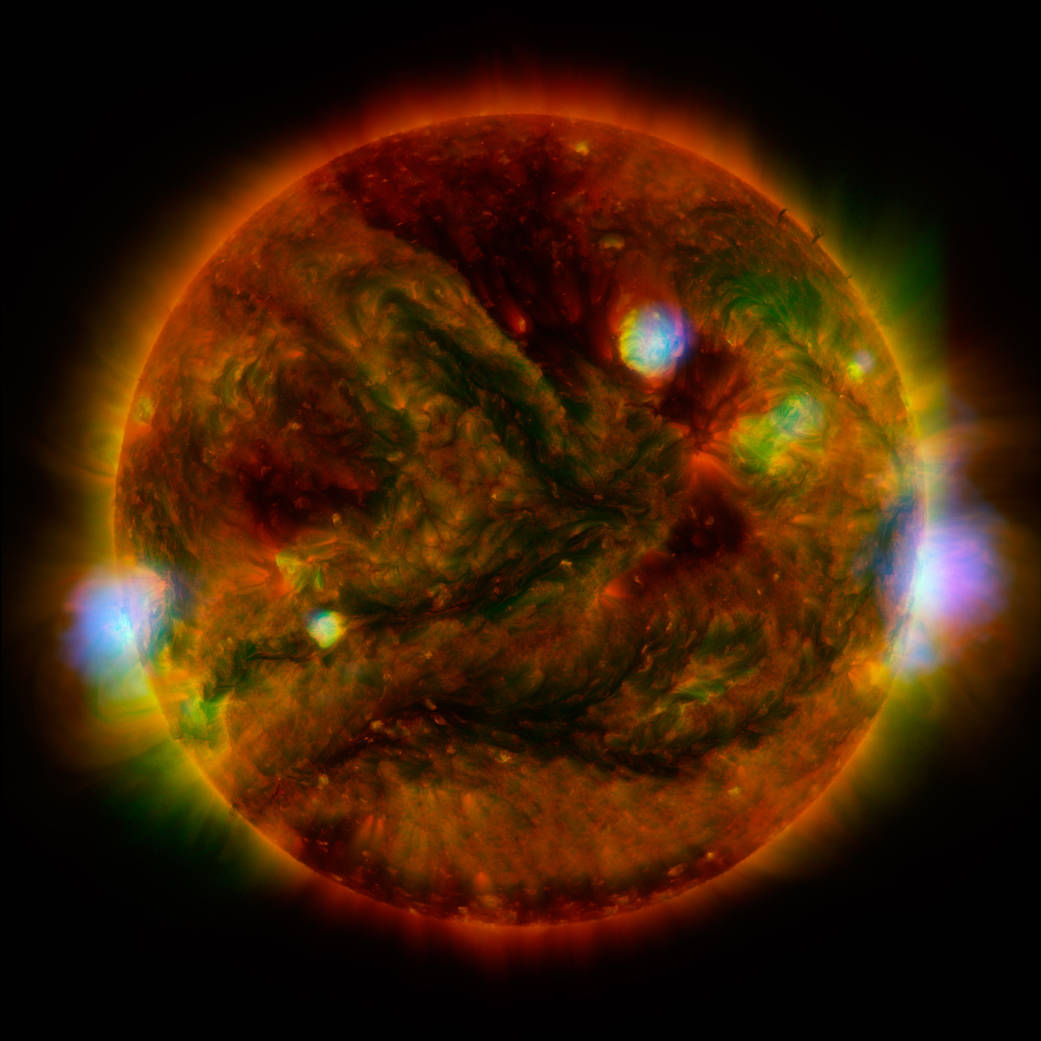
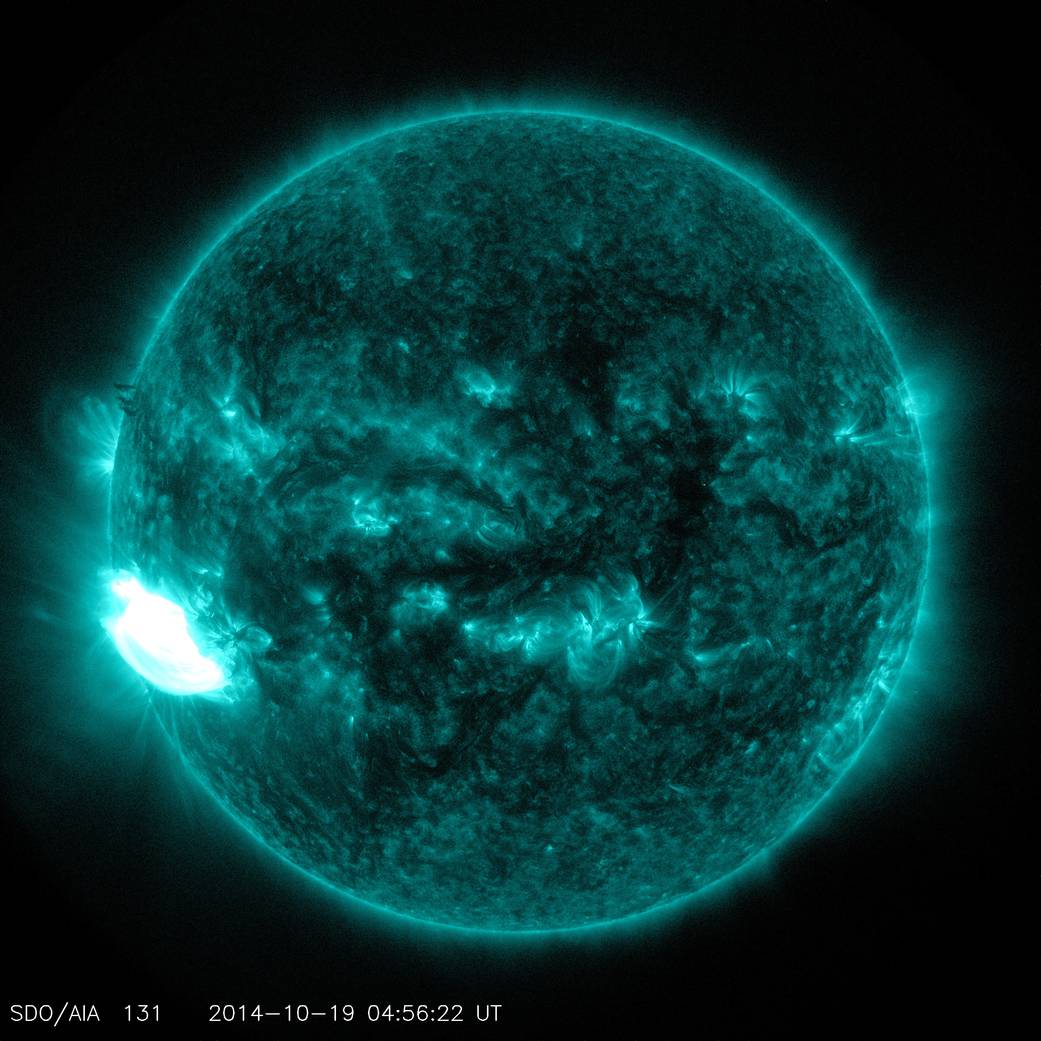
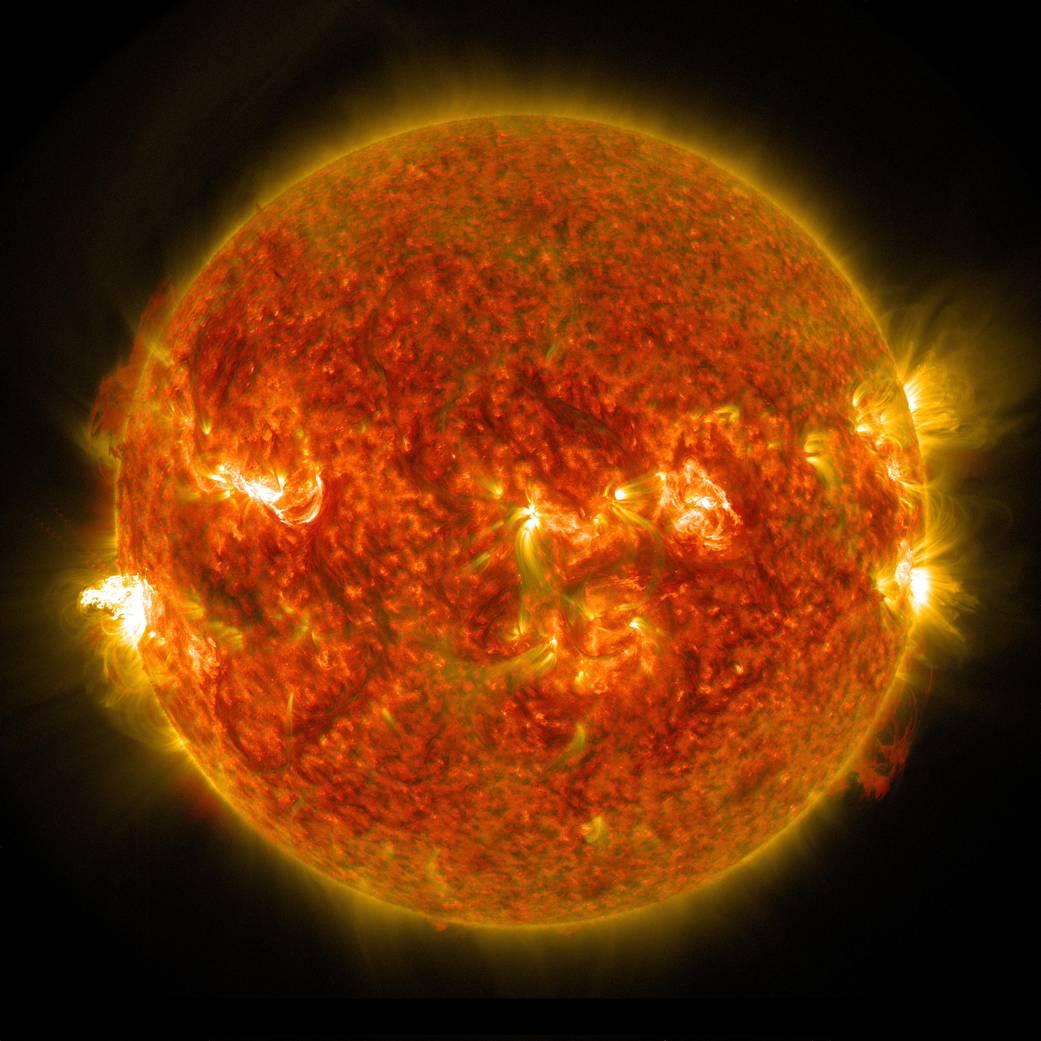
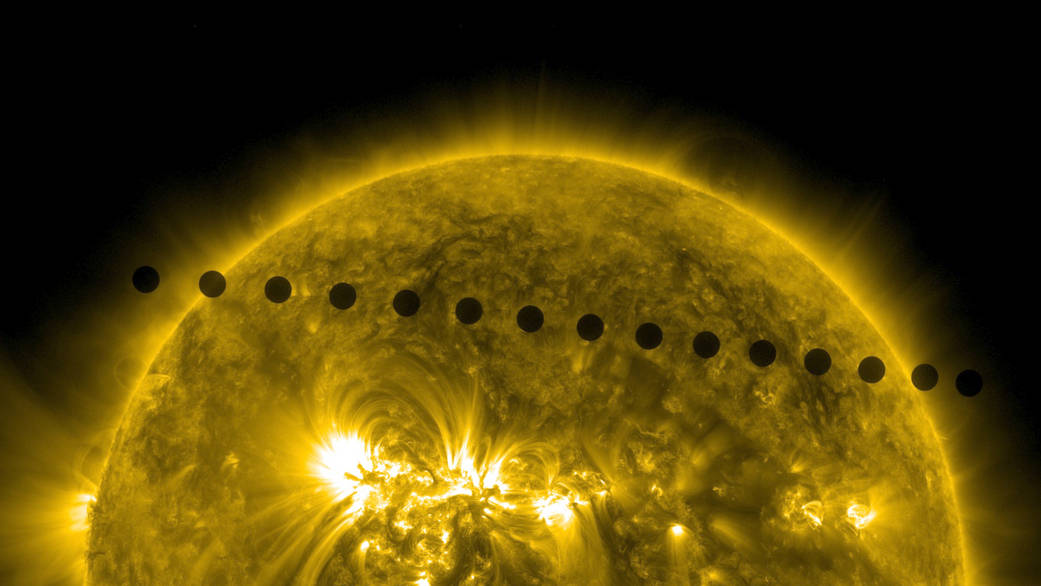
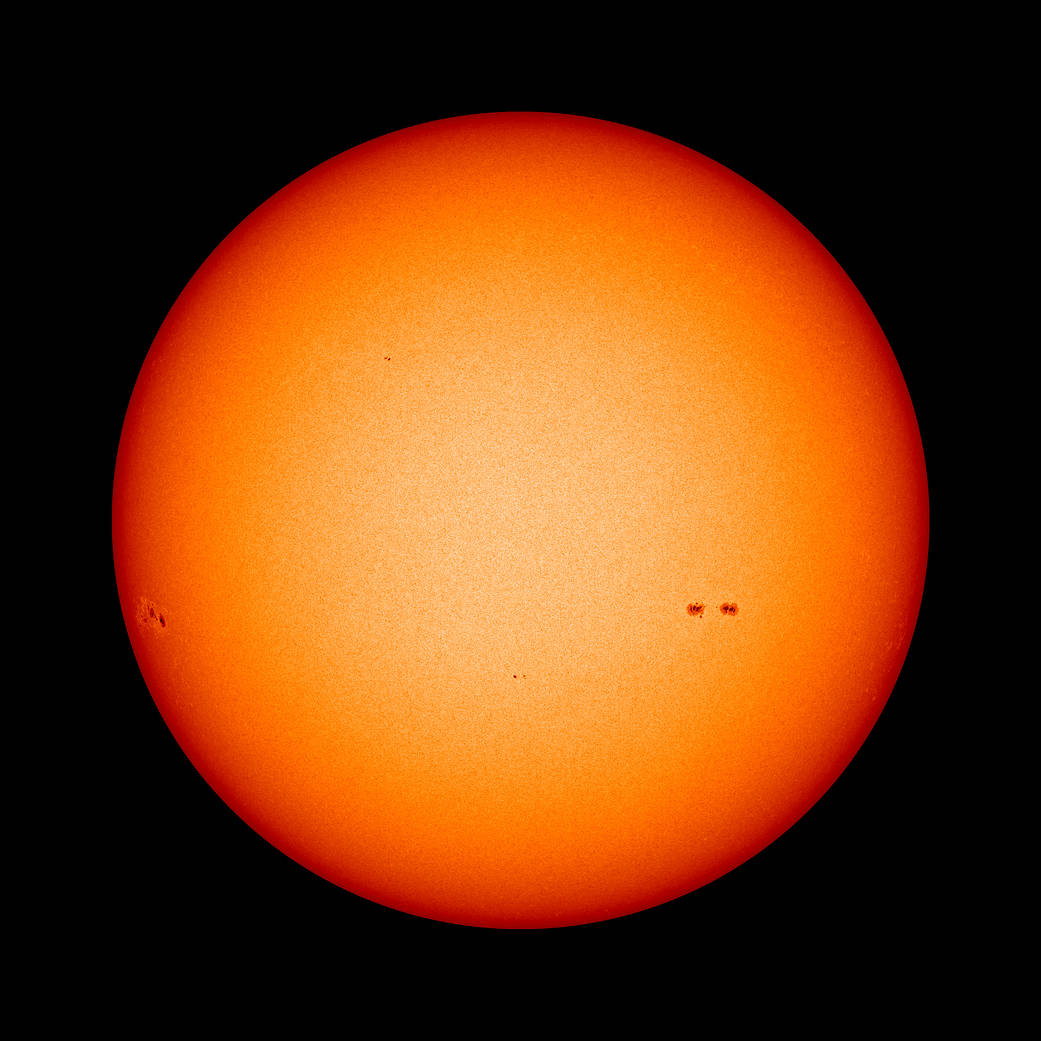
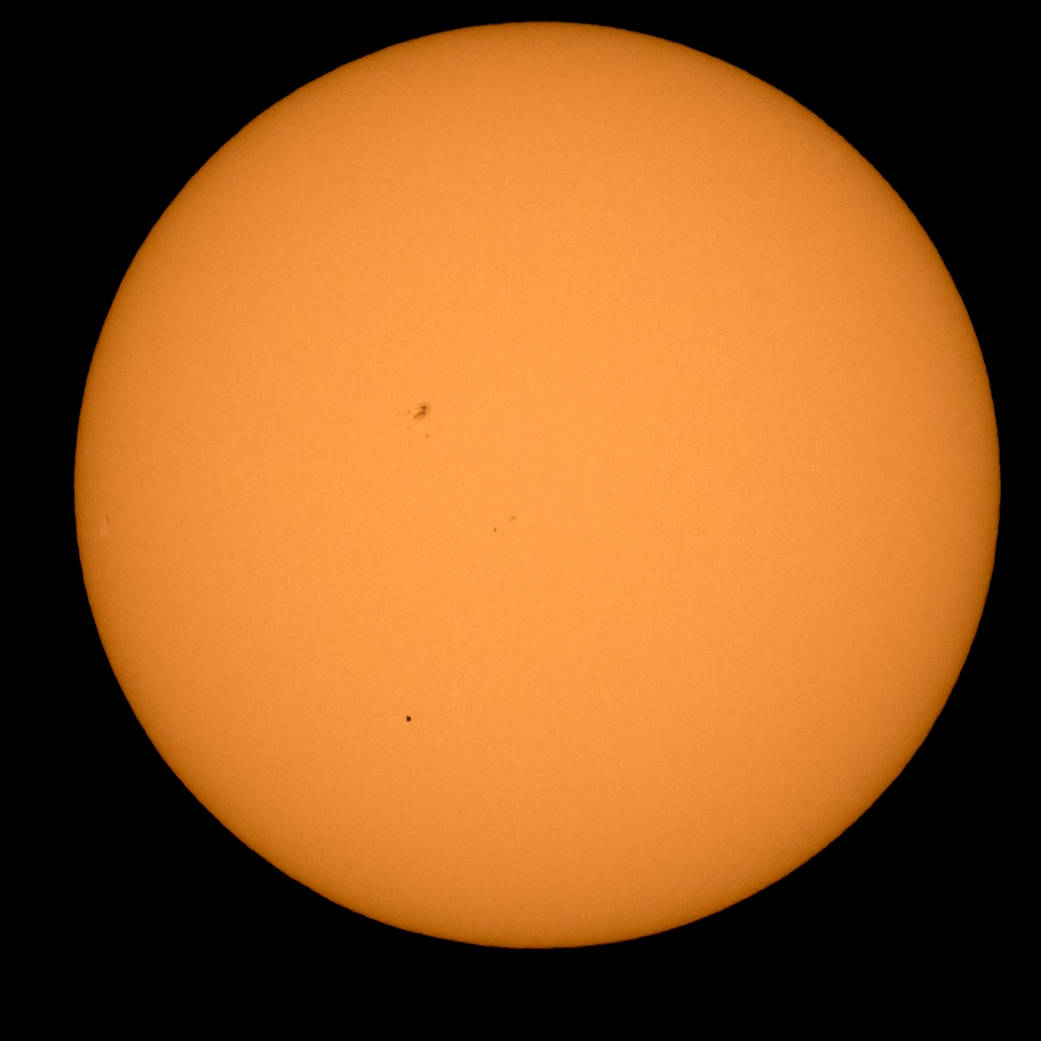
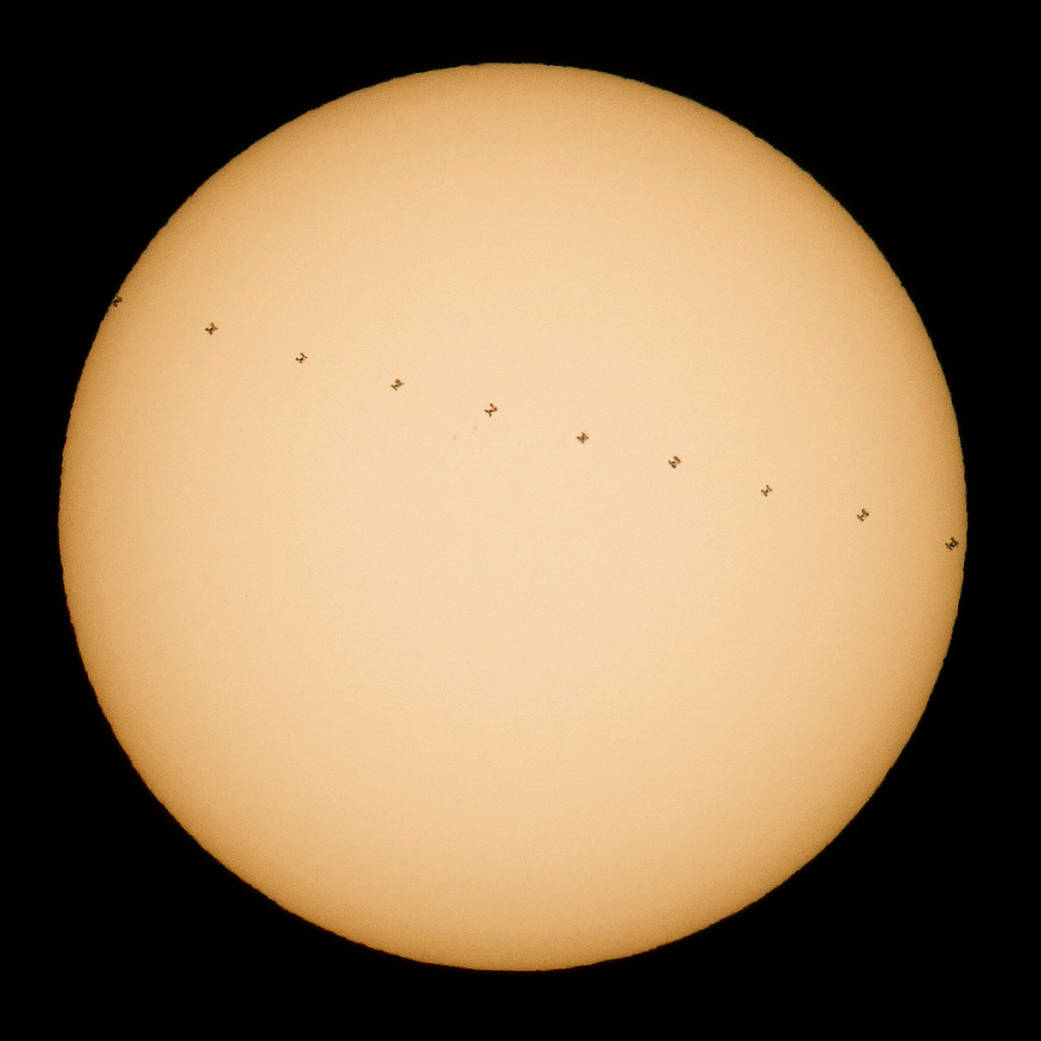
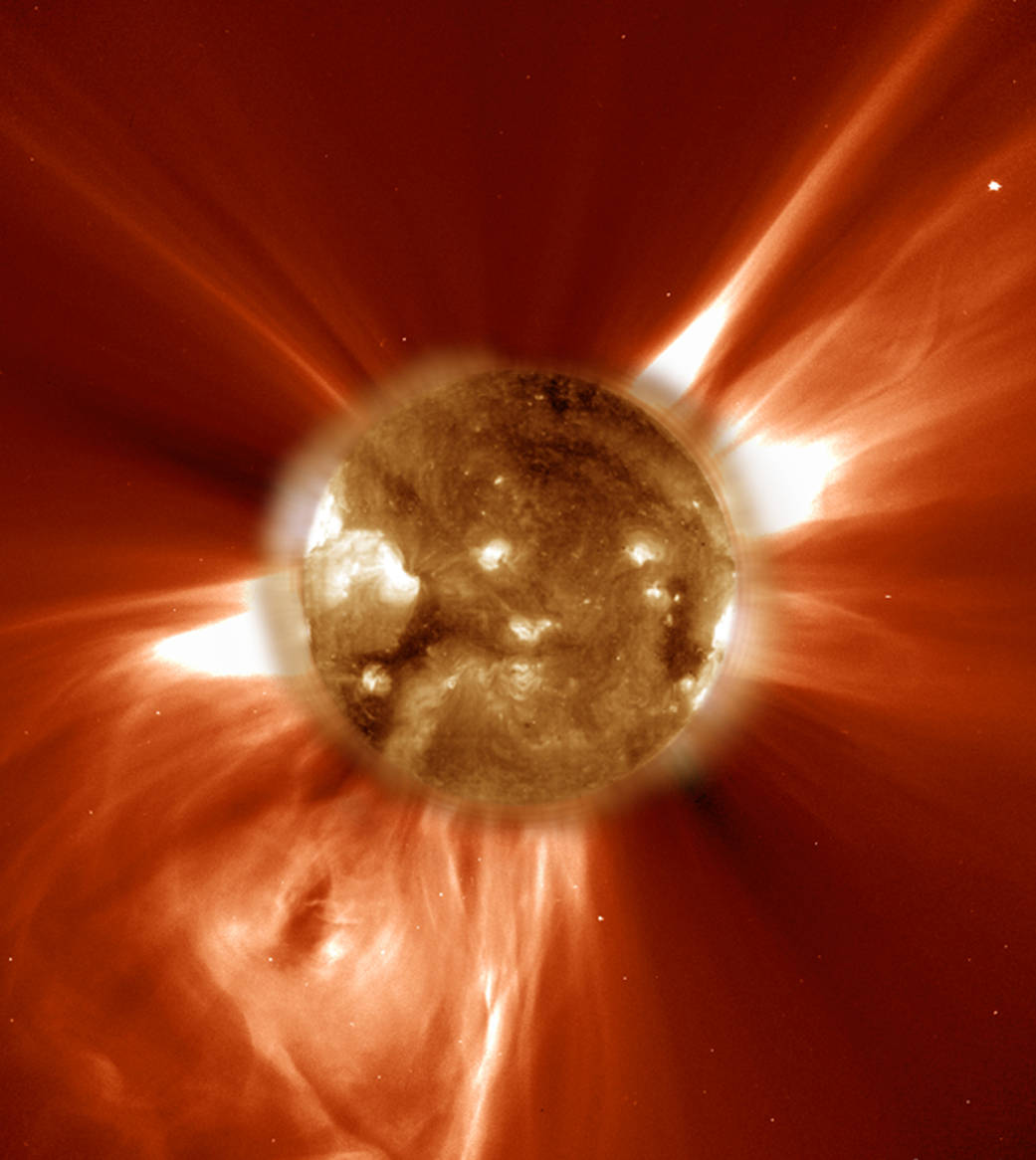

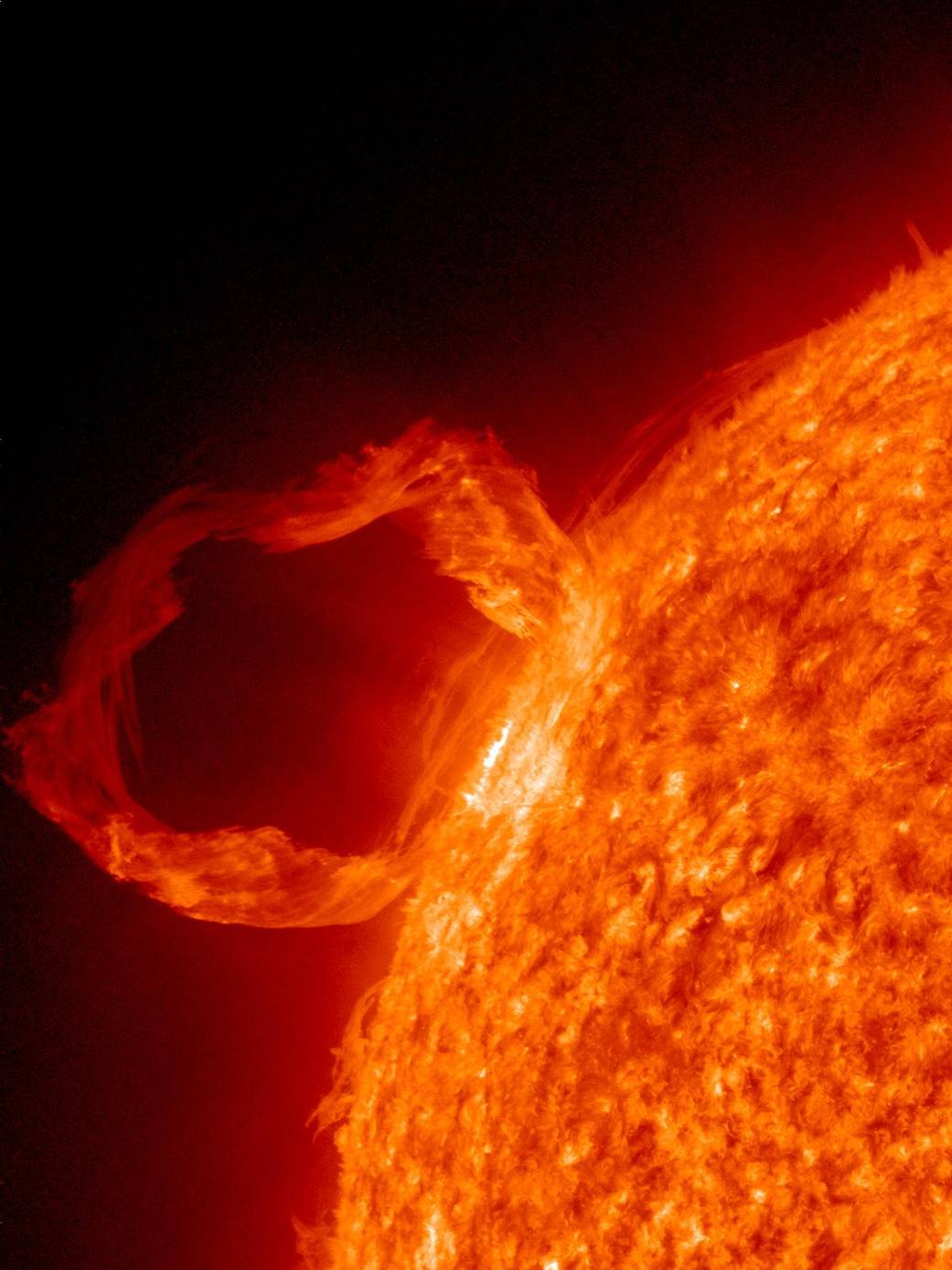
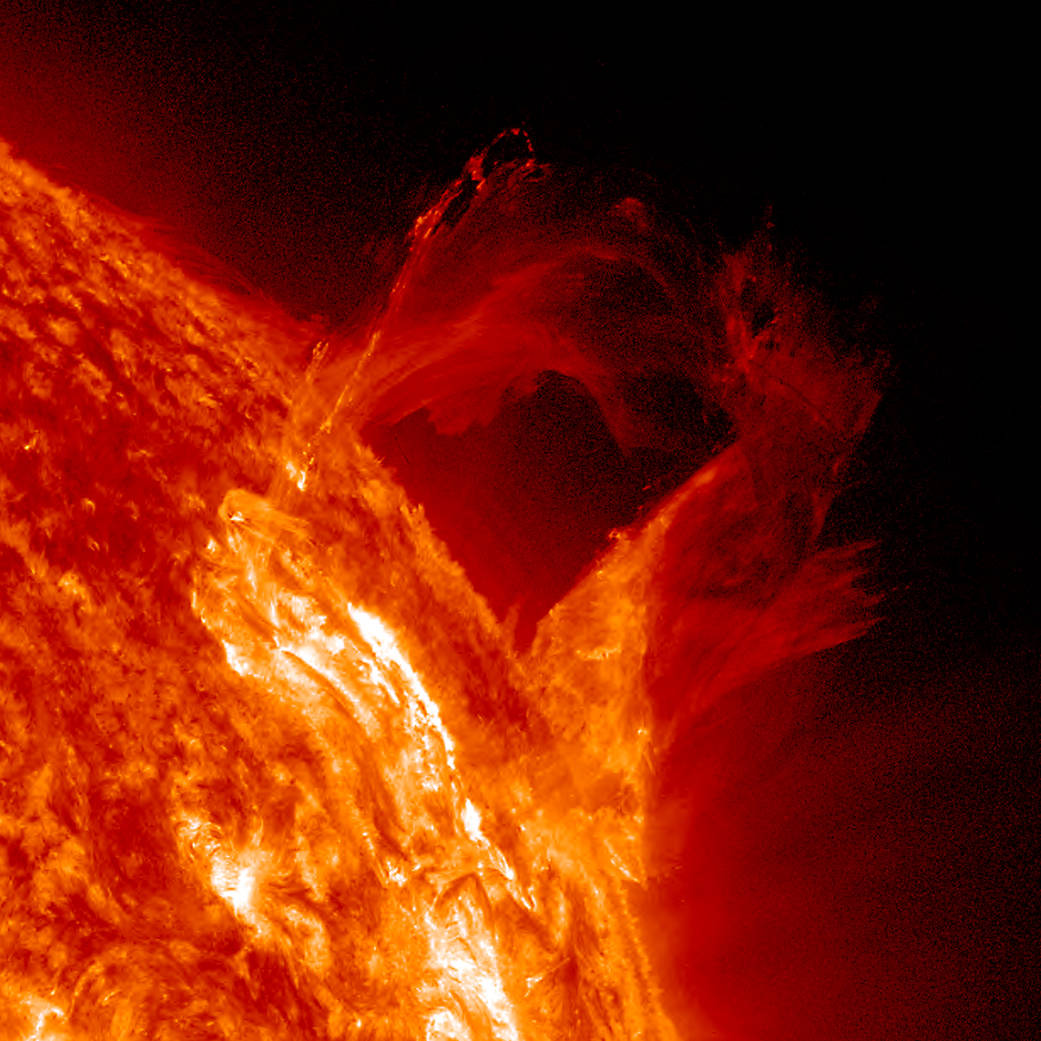
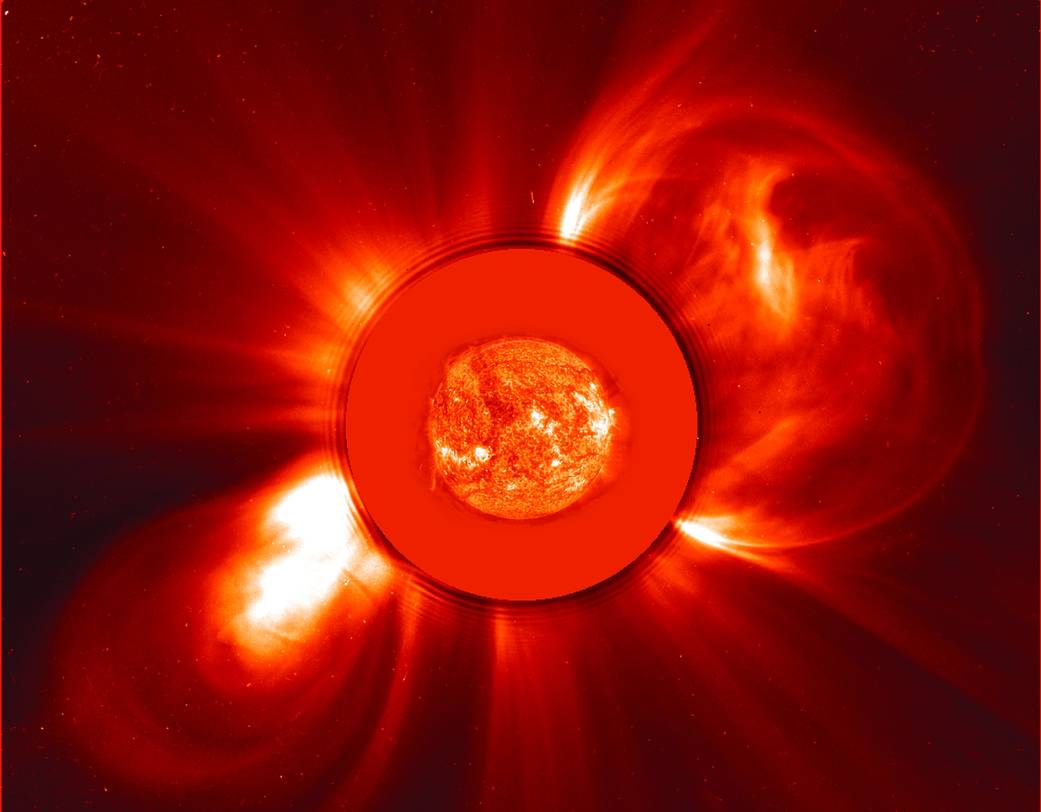
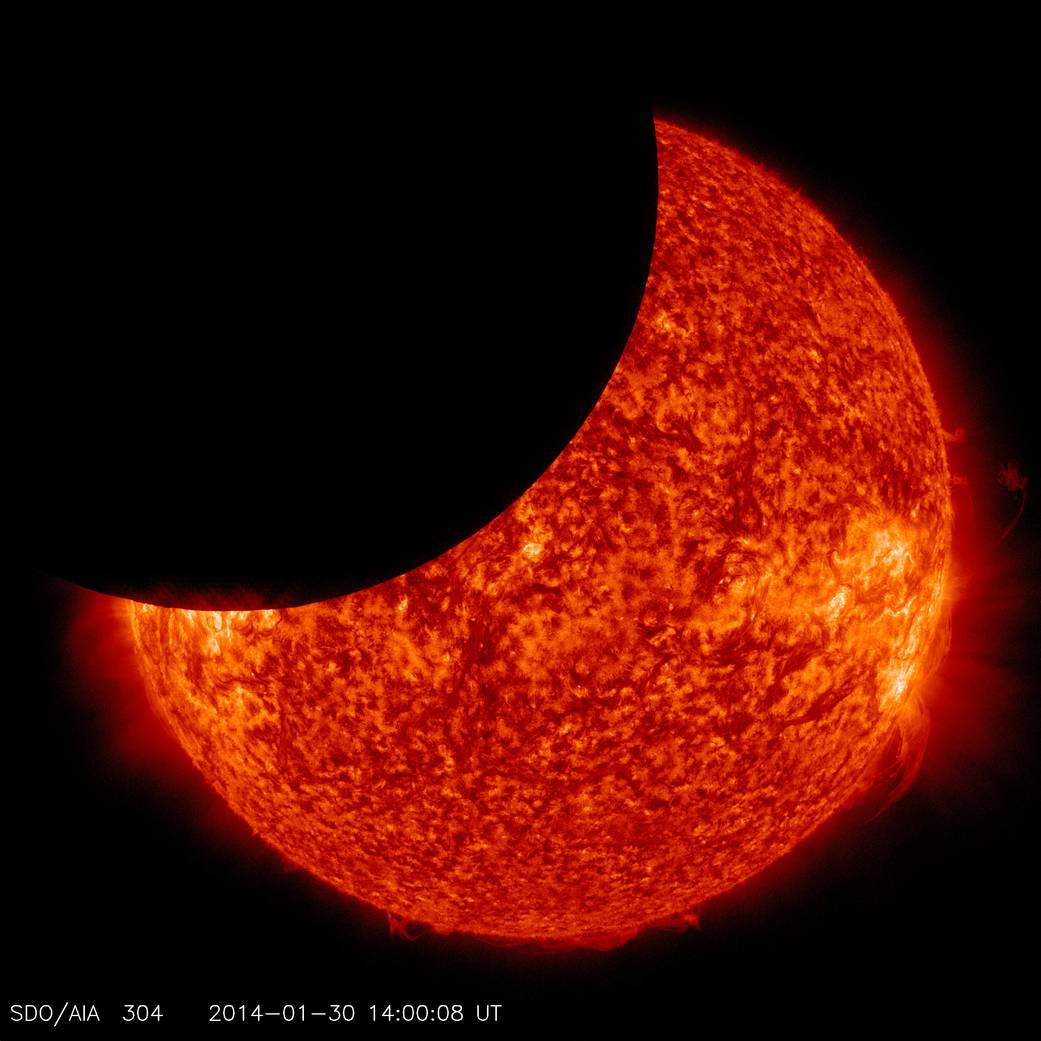
Sun's Features. (Image Credit: Kelvinsong)
Earth-Sun Size Comparison
Unfiltered Sunlight
Total Solar Eclipse
Earth's Magnetosphere
Suns Location in the Milky Way
Present and Future
Raging Sun
Solar Rainbow
SDO constantly watches
SOHO solar image
Large Solar Flare
Far side of the Sun
Coronal Hole Front and Center
Full Solar Disk
NuSTAR Stares at the Sun
Solar Flare
SOHO Observes Solar Flares
Venus Transit
Sun Spots
Mercury Solar Transit
ISS Solar Transit
Sun erupting filament
different-wavelengths
Ring of Fire
Solar Flare
SOHO 20 year image
Lunar Transit.
































